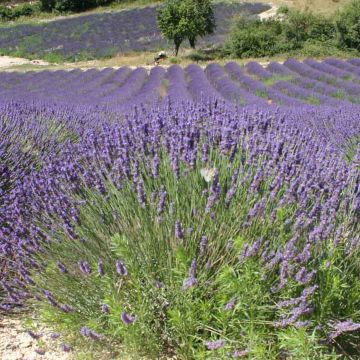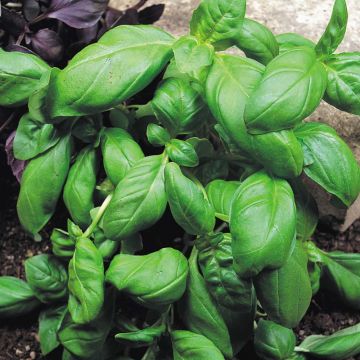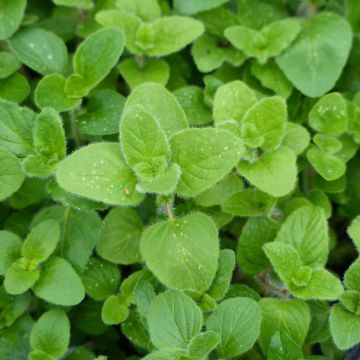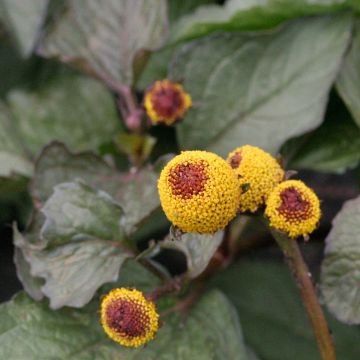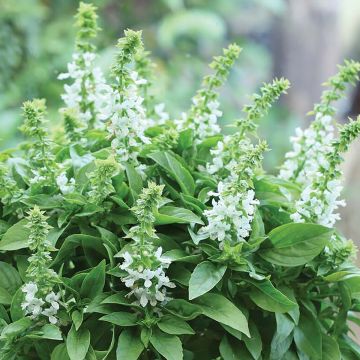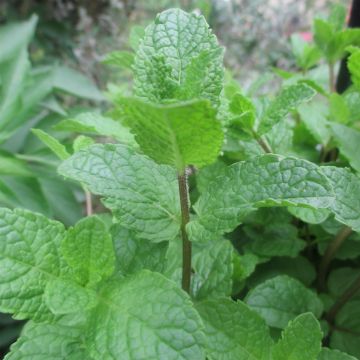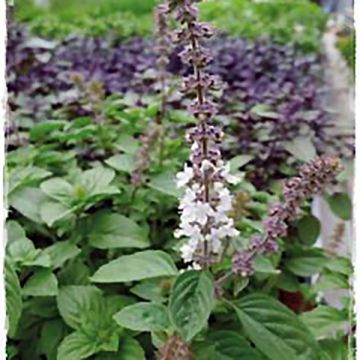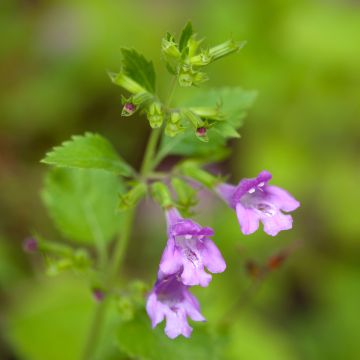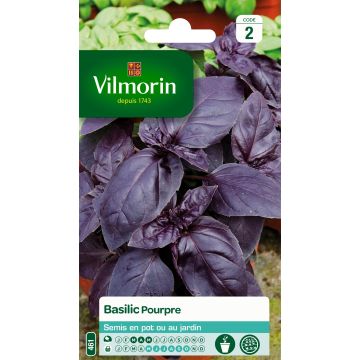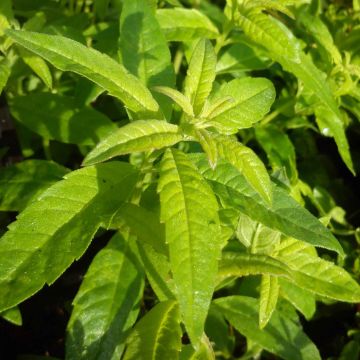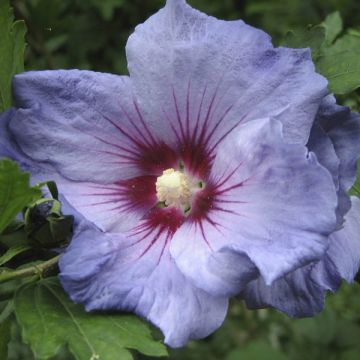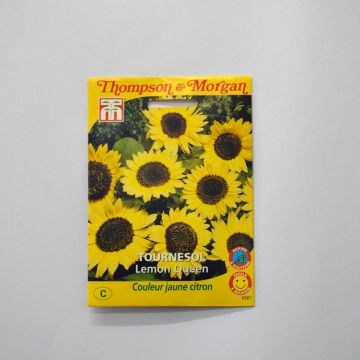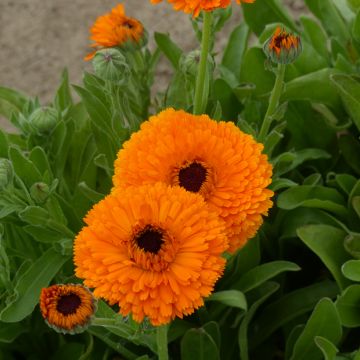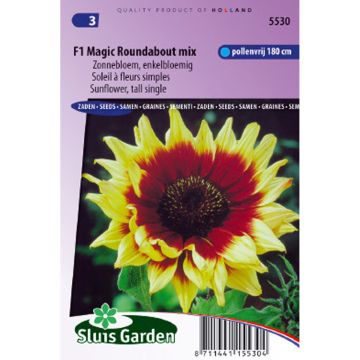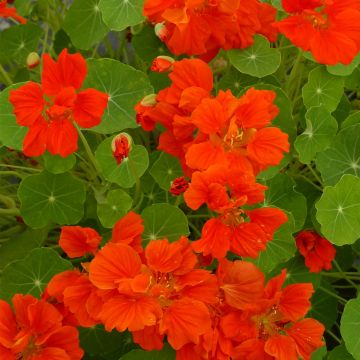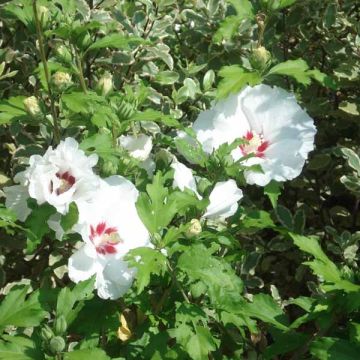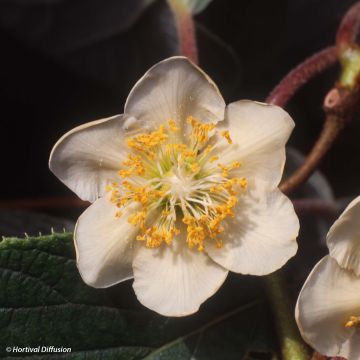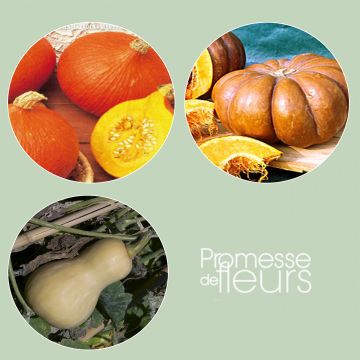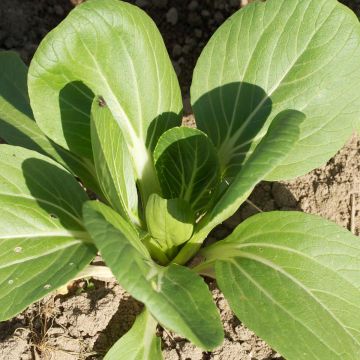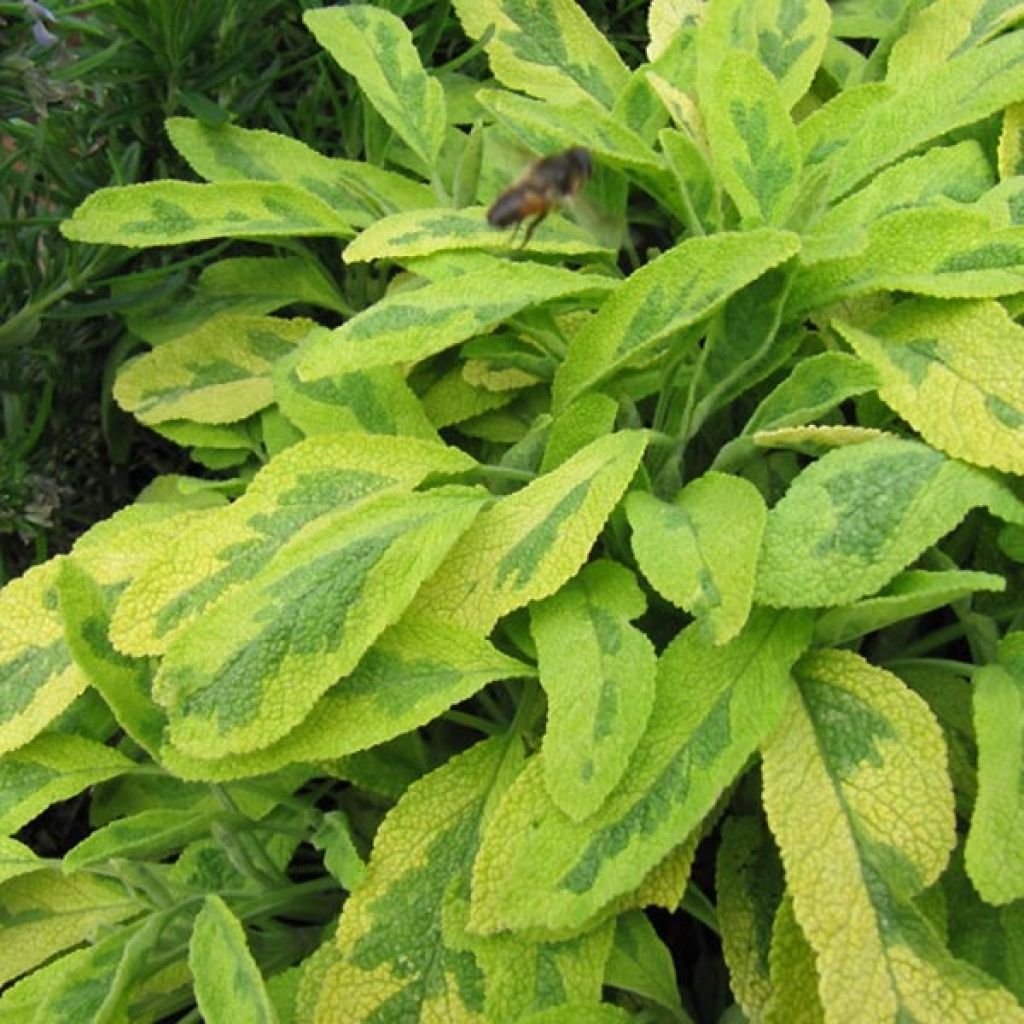

Salvia officinalis 'Icterina'
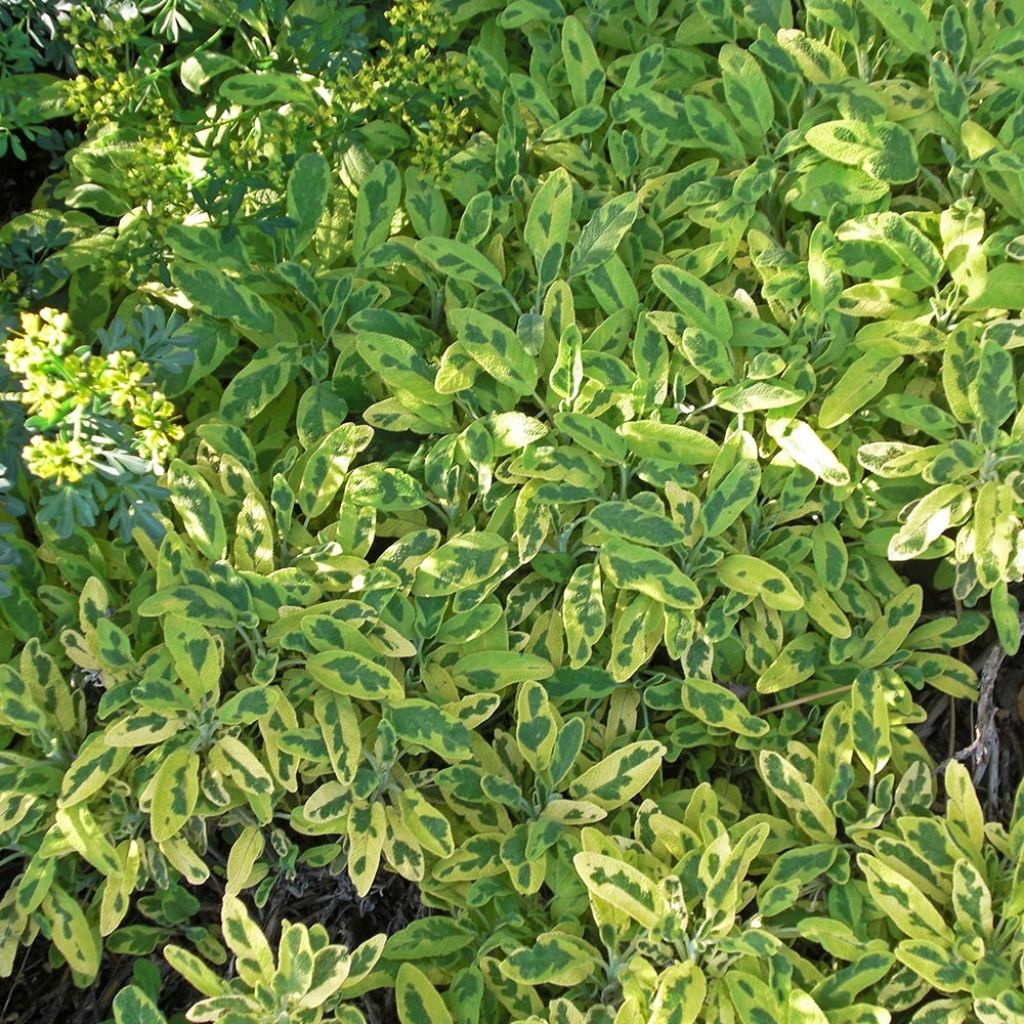

Salvia officinalis 'Icterina'
Salvia officinalis 'Icterina'
Salvia officinalis Icterina
Common Sage, Garden Sage, Culinary Sage, Broadleaf Sage
This item cannot be shipped to the selected country
Delivery charge from €5.90
Delivery charge from €5.90
Delivery to Corse prohibited
More information
Schedule delivery date,
and select date in basket
This plant carries a 6 months recovery warranty
More information
We guarantee the quality of our plants for a full growing cycle, and will replace at our expense any plant that fails to recover under normal climatic and planting conditions.
From €5.90 for pickup delivery and €6.90 for home delivery
Express home delivery from €8.90.
From €5.90 for pickup delivery and €6.90 for home delivery
Express home delivery from €8.90.
Delivery to Corse prohibited: UE law prohibits the import of this plant from mainland France to Corse as part of the fight against Xylella fastidiosa. Please accept our sincere apologies.
More information
Description
Salvia officinalis 'Icterina' is a lovely variety of medicinal sage that stands out with a more compact habit and beautiful foliage widely variegated with green and yellow. Its flowering from spring to summer, in long spikes of pale pinkish mauve nectariferous flowers, is quite rare. This perennial medicinal plant can also be used for herbal tea or to flavour cuisine. Plant it in a sunny location, in well-drained but not arid soil in summer.
Salvia officinalis, like all sages, belongs to the Lamiaceae or Labiate family. This subshrub is native to western Asia but has been widely spread and naturalized for a long time in the Mediterranean region. In France, it can be found here and there throughout a large part of the territory, but mainly in our southern regions. It is a plant that prefers well-drained, even rocky, soil and tolerates the presence of limestone in the soil. Relatively water-efficient, this sage will be more beautiful in soils that remain slightly moist in summer. The flowering stems are erect spikes. They are square-sectioned stems, carrying mauve flowers surrounded at the base by a velvety sheathing calyx, more purplish. The flowers are composed of two lips.
'Icterina' forms a small shrub composed of woody, hairy stems at the base, bearing small wavy and rough leaves, broadly lanceolate, heavily marked with yellow on a grey-green background, lighter on the reverse. The evergreen leafy clump, very aromatic when crushed, will reach about 50cm (20in) in height. The flowering, nectar-bearing and melliferous, is rather rare in this cultivar. The plant tissues contain a highly studied essential oil, with interesting therapeutic and culinary properties.
In the garden, do not hesitate to mix genres by planting some aromatic plants like the Officinal Sage and its varieties in the middle of your perennial borders or even in rock gardens. They will integrate perfectly, fill in gaps without requiring maintenance, and the sometimes strong scents of aromatic plants often have the ability to repel insects that may attack more delicate plants like certain roses or lilies. The 'Icterina' Officinal Sage has real ornamental qualities to be exploited in a garden that leaves space for nature, whether it is a country-style garden or a herb garden. It can be associated, for example, with shrubby sages ('Royal Bumble', Salvia greigii), shrubby Artemisias, Echinops, Erigeron karvinskianus, lavenders, and other fast-growing plants that will create a beautiful setting in 3 or 4 years.
Report an error about the product description
Salvia officinalis 'Icterina' in pictures
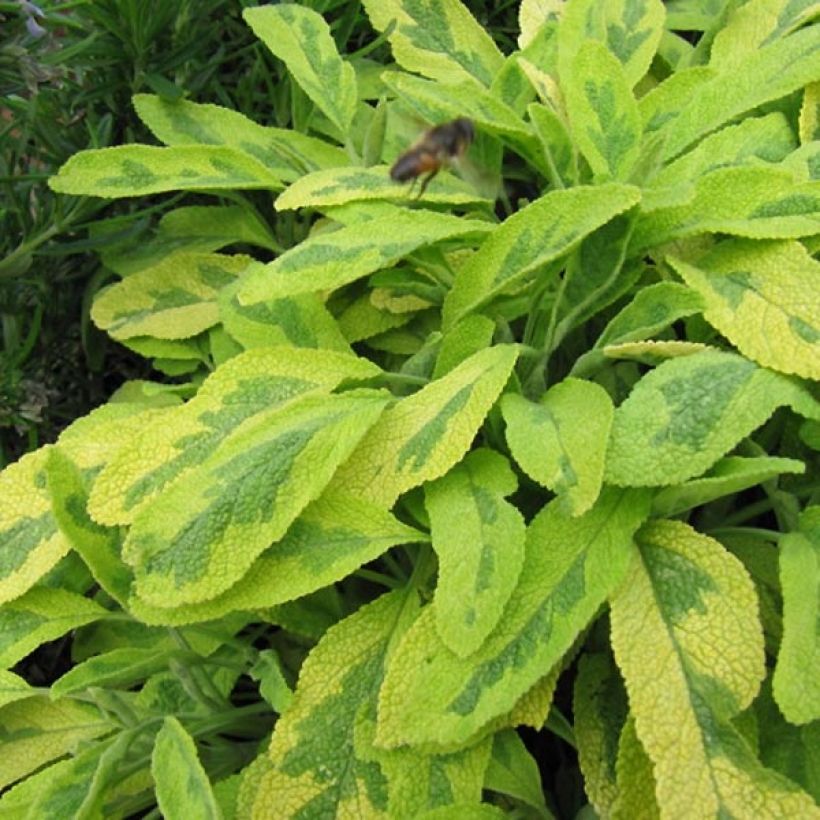

Harvest
Plant habit
Foliage
Other Herbs A to Z
Planting and care
Sage appreciates light, well-drained, rich, rather dry and slightly alkaline soils. Install it in full sun. Planting is done in spring, from March to June.
In open ground: Space the plants 40cm (16in) apart in rows and 80cm (32in) between rows. Dig a hole (3 times the volume of the root ball), place the root ball and cover with fine soil. Firmly press down and water. Hoe and weed regularly, especially at the beginning of cultivation.
Add well-rotted compost every year. To protect from the cold, apply a mulch.
In a pot: Place a layer of gravel or clay balls at the bottom of the pot to facilitate drainage. Fill the pot with a mixture of potting soil, garden soil, and sand. Place the root ball, cover with soil and firm down. Water. Place the pot in the sun and bring it indoors in case of frost.
During cultivation, water moderately as Sage is sensitive to excess moisture.
You can propagate Sage by dividing the clumps in spring, thus allowing the plants to regenerate and be installed in another part of the garden. This operation is recommended every 5 years or so.
At the end of winter, prune lightly to maintain its bushy habit.
Cultivation
Care
Intended location
This item has not been reviewed yet - be the first to leave a review about it.
Themed vegetable gardens
Haven't found what you were looking for?
Hardiness is the lowest winter temperature a plant can endure without suffering serious damage or even dying. However, hardiness is affected by location (a sheltered area, such as a patio), protection (winter cover) and soil type (hardiness is improved by well-drained soil).

Photo Sharing Terms & Conditions
In order to encourage gardeners to interact and share their experiences, Promesse de fleurs offers various media enabling content to be uploaded onto its Site - in particular via the ‘Photo sharing’ module.
The User agrees to refrain from:
- Posting any content that is illegal, prejudicial, insulting, racist, inciteful to hatred, revisionist, contrary to public decency, that infringes on privacy or on the privacy rights of third parties, in particular the publicity rights of persons and goods, intellectual property rights, or the right to privacy.
- Submitting content on behalf of a third party;
- Impersonate the identity of a third party and/or publish any personal information about a third party;
In general, the User undertakes to refrain from any unethical behaviour.
All Content (in particular text, comments, files, images, photos, videos, creative works, etc.), which may be subject to property or intellectual property rights, image or other private rights, shall remain the property of the User, subject to the limited rights granted by the terms of the licence granted by Promesse de fleurs as stated below. Users are at liberty to publish or not to publish such Content on the Site, notably via the ‘Photo Sharing’ facility, and accept that this Content shall be made public and freely accessible, notably on the Internet.
Users further acknowledge, undertake to have ,and guarantee that they hold all necessary rights and permissions to publish such material on the Site, in particular with regard to the legislation in force pertaining to any privacy, property, intellectual property, image, or contractual rights, or rights of any other nature. By publishing such Content on the Site, Users acknowledge accepting full liability as publishers of the Content within the meaning of the law, and grant Promesse de fleurs, free of charge, an inclusive, worldwide licence for the said Content for the entire duration of its publication, including all reproduction, representation, up/downloading, displaying, performing, transmission, and storage rights.
Users also grant permission for their name to be linked to the Content and accept that this link may not always be made available.
By engaging in posting material, Users consent to their Content becoming automatically accessible on the Internet, in particular on other sites and/or blogs and/or web pages of the Promesse de fleurs site, including in particular social pages and the Promesse de fleurs catalogue.
Users may secure the removal of entrusted content free of charge by issuing a simple request via our contact form.
The flowering period indicated on our website applies to countries and regions located in USDA zone 8 (France, the United Kingdom, Ireland, the Netherlands, etc.)
It will vary according to where you live:
- In zones 9 to 10 (Italy, Spain, Greece, etc.), flowering will occur about 2 to 4 weeks earlier.
- In zones 6 to 7 (Germany, Poland, Slovenia, and lower mountainous regions), flowering will be delayed by 2 to 3 weeks.
- In zone 5 (Central Europe, Scandinavia), blooming will be delayed by 3 to 5 weeks.
In temperate climates, pruning of spring-flowering shrubs (forsythia, spireas, etc.) should be done just after flowering.
Pruning of summer-flowering shrubs (Indian Lilac, Perovskia, etc.) can be done in winter or spring.
In cold regions as well as with frost-sensitive plants, avoid pruning too early when severe frosts may still occur.
The planting period indicated on our website applies to countries and regions located in USDA zone 8 (France, United Kingdom, Ireland, Netherlands).
It will vary according to where you live:
- In Mediterranean zones (Marseille, Madrid, Milan, etc.), autumn and winter are the best planting periods.
- In continental zones (Strasbourg, Munich, Vienna, etc.), delay planting by 2 to 3 weeks in spring and bring it forward by 2 to 4 weeks in autumn.
- In mountainous regions (the Alps, Pyrenees, Carpathians, etc.), it is best to plant in late spring (May-June) or late summer (August-September).
The harvesting period indicated on our website applies to countries and regions in USDA zone 8 (France, England, Ireland, the Netherlands).
In colder areas (Scandinavia, Poland, Austria...) fruit and vegetable harvests are likely to be delayed by 3-4 weeks.
In warmer areas (Italy, Spain, Greece, etc.), harvesting will probably take place earlier, depending on weather conditions.
The sowing periods indicated on our website apply to countries and regions within USDA Zone 8 (France, UK, Ireland, Netherlands).
In colder areas (Scandinavia, Poland, Austria...), delay any outdoor sowing by 3-4 weeks, or sow under glass.
In warmer climes (Italy, Spain, Greece, etc.), bring outdoor sowing forward by a few weeks.

































